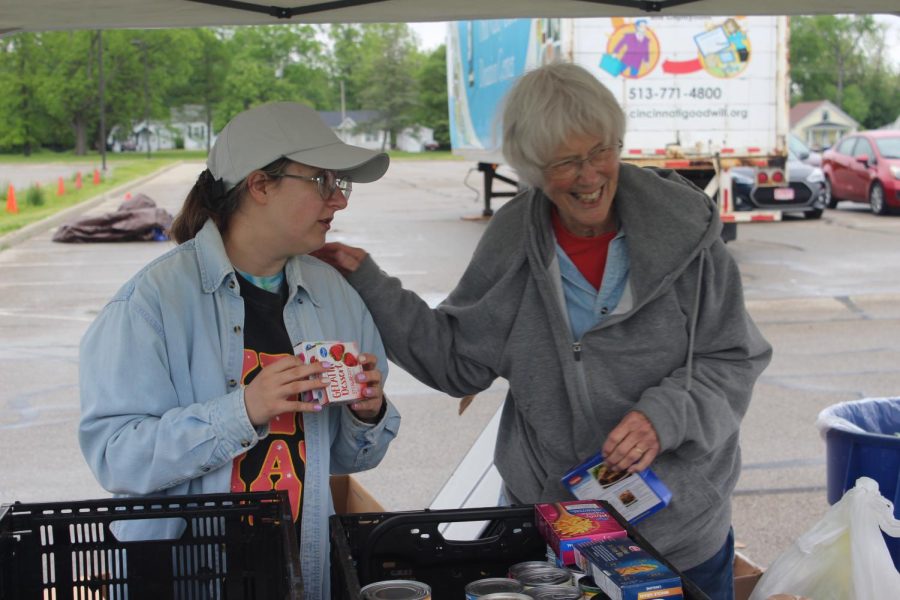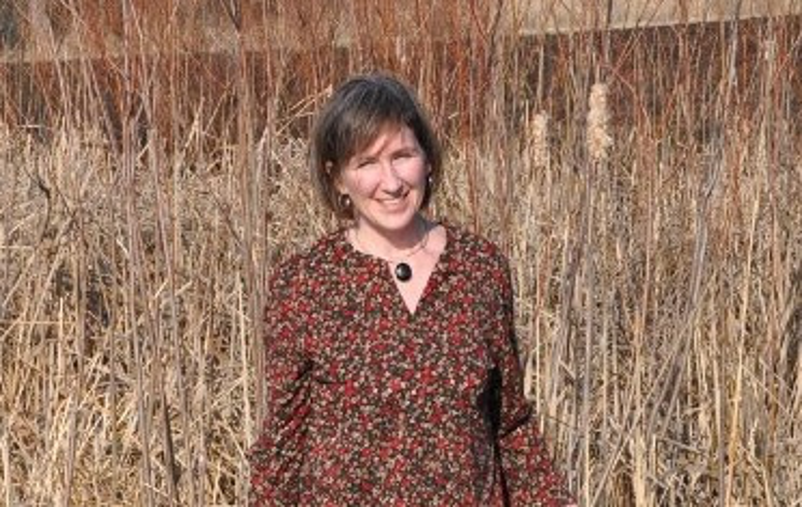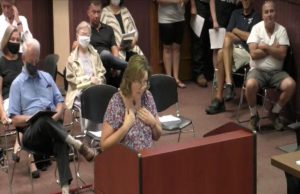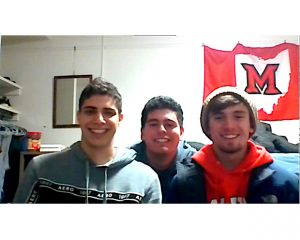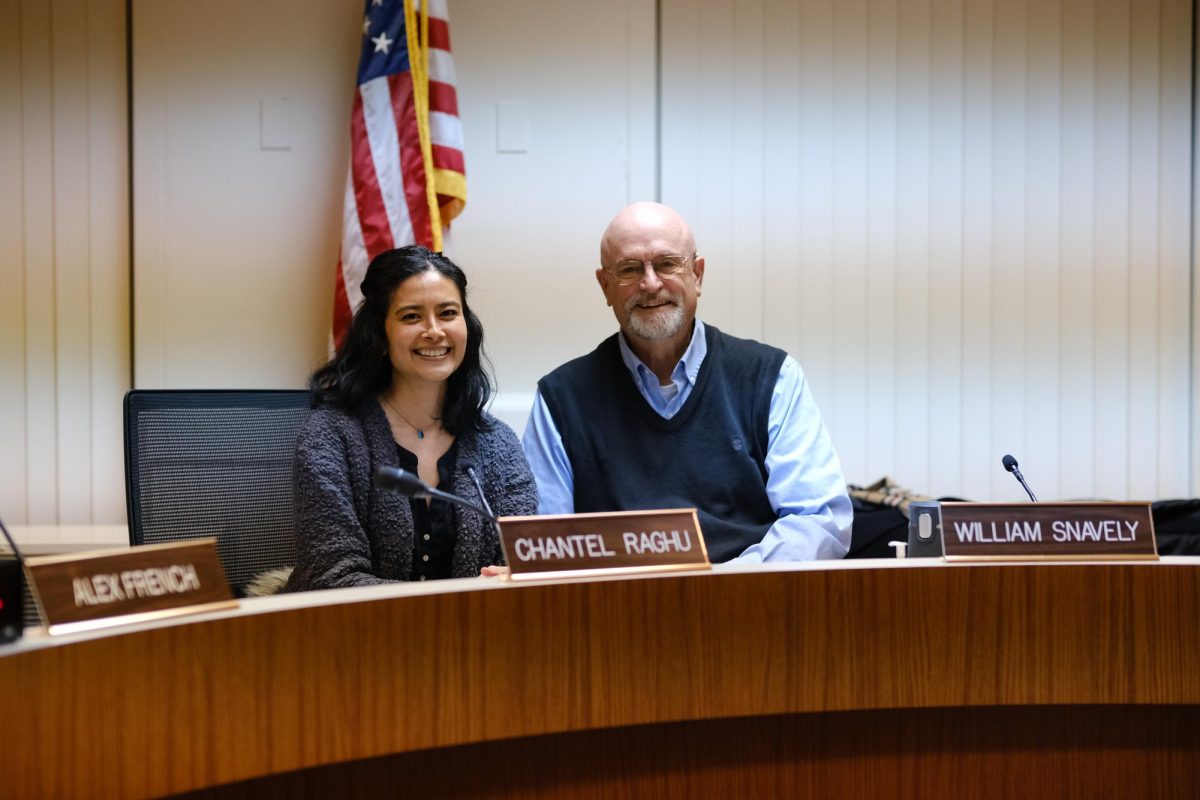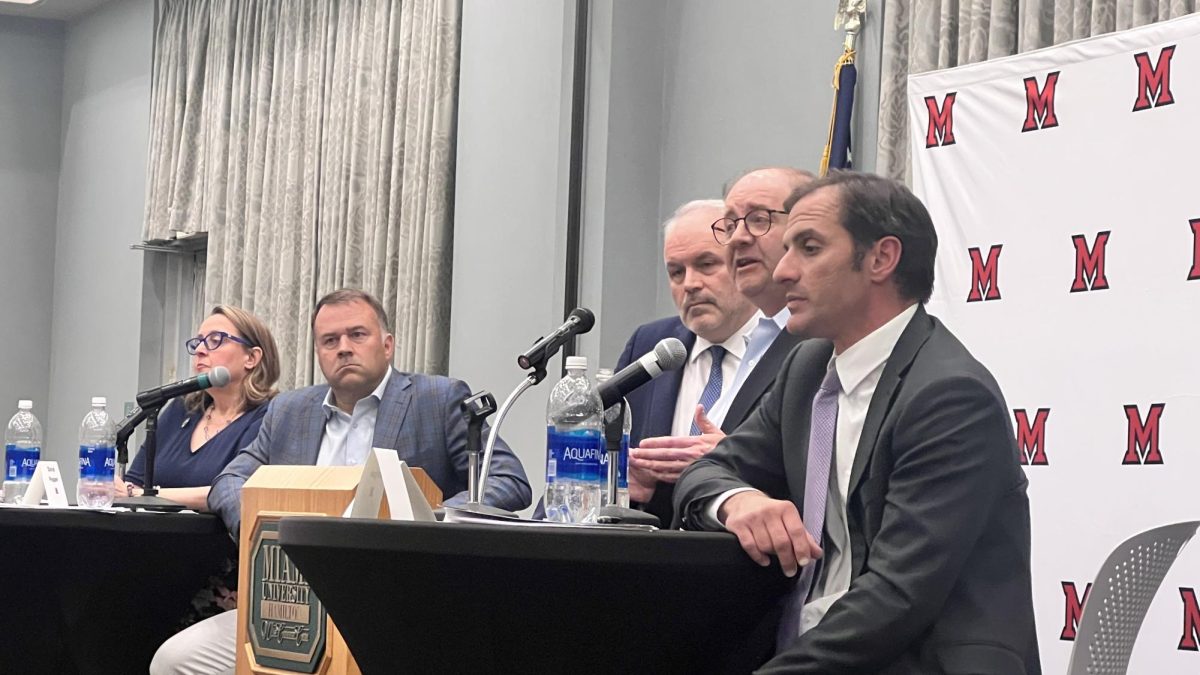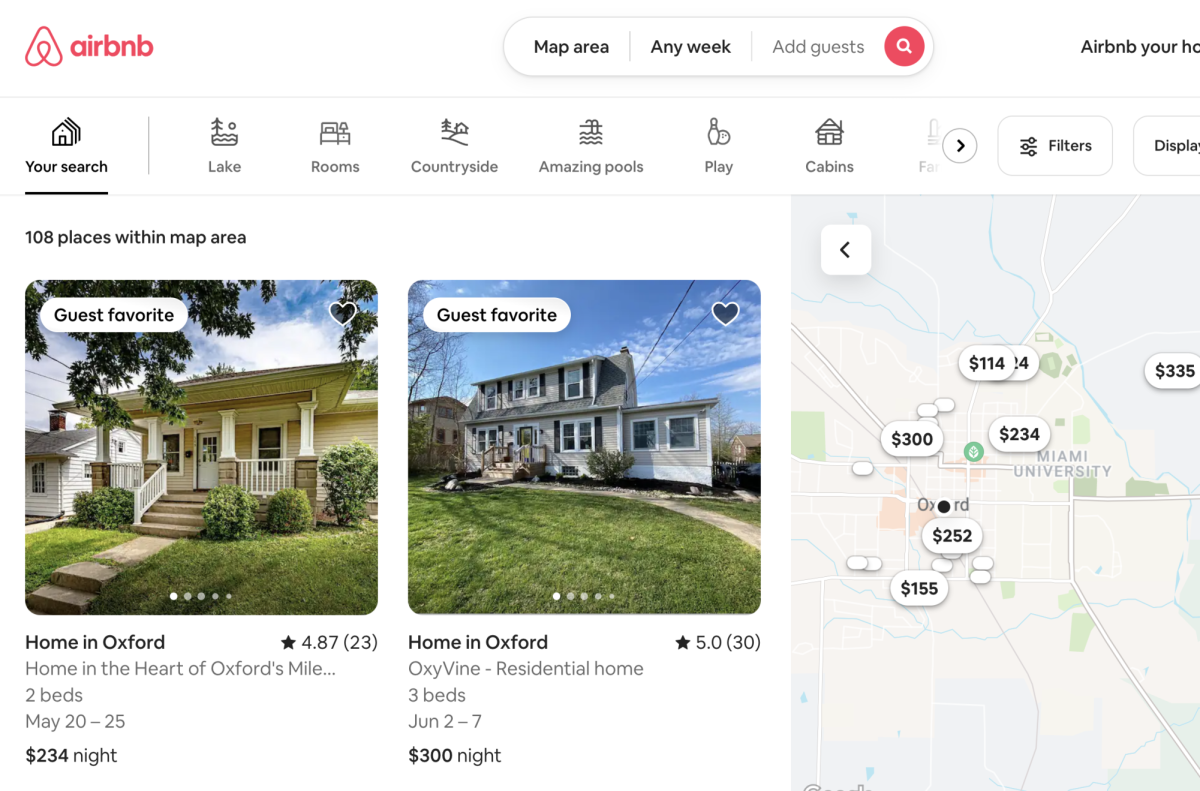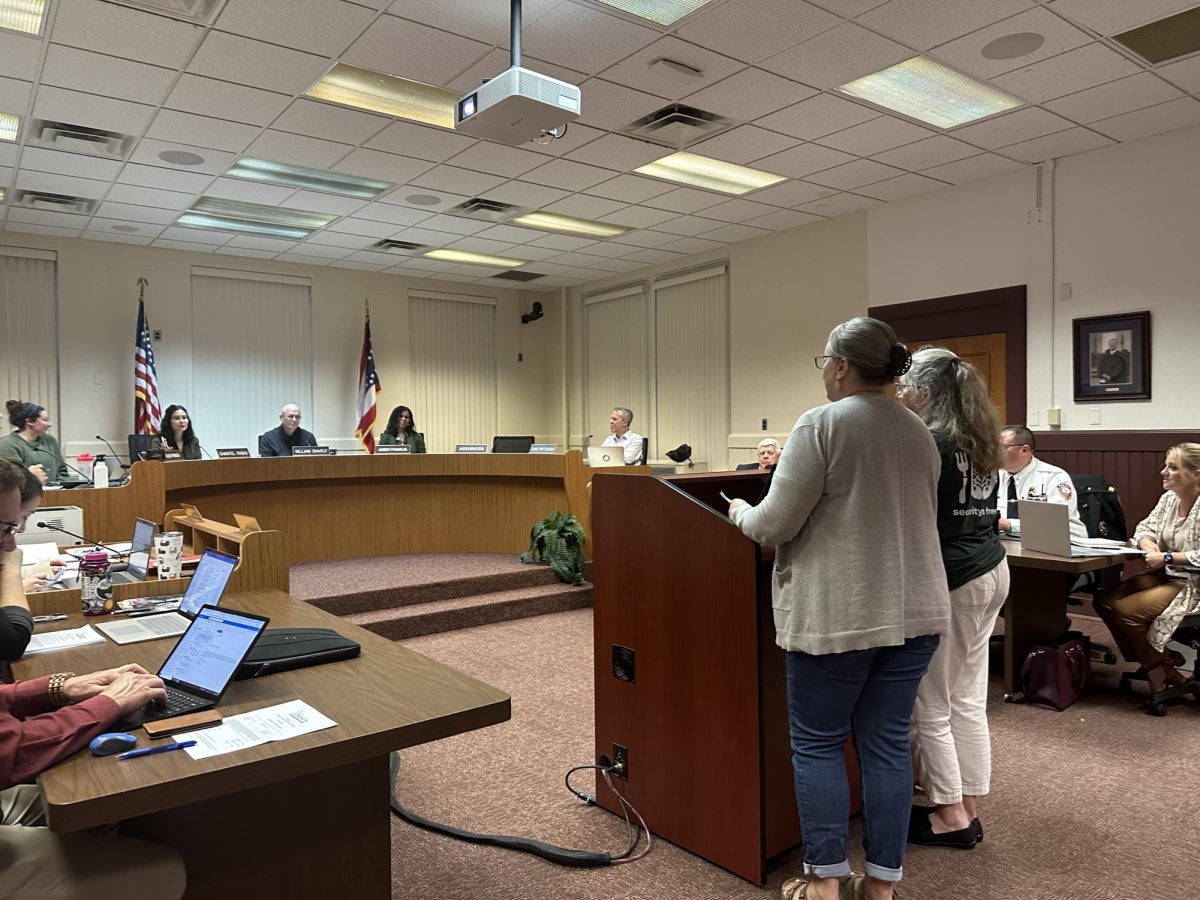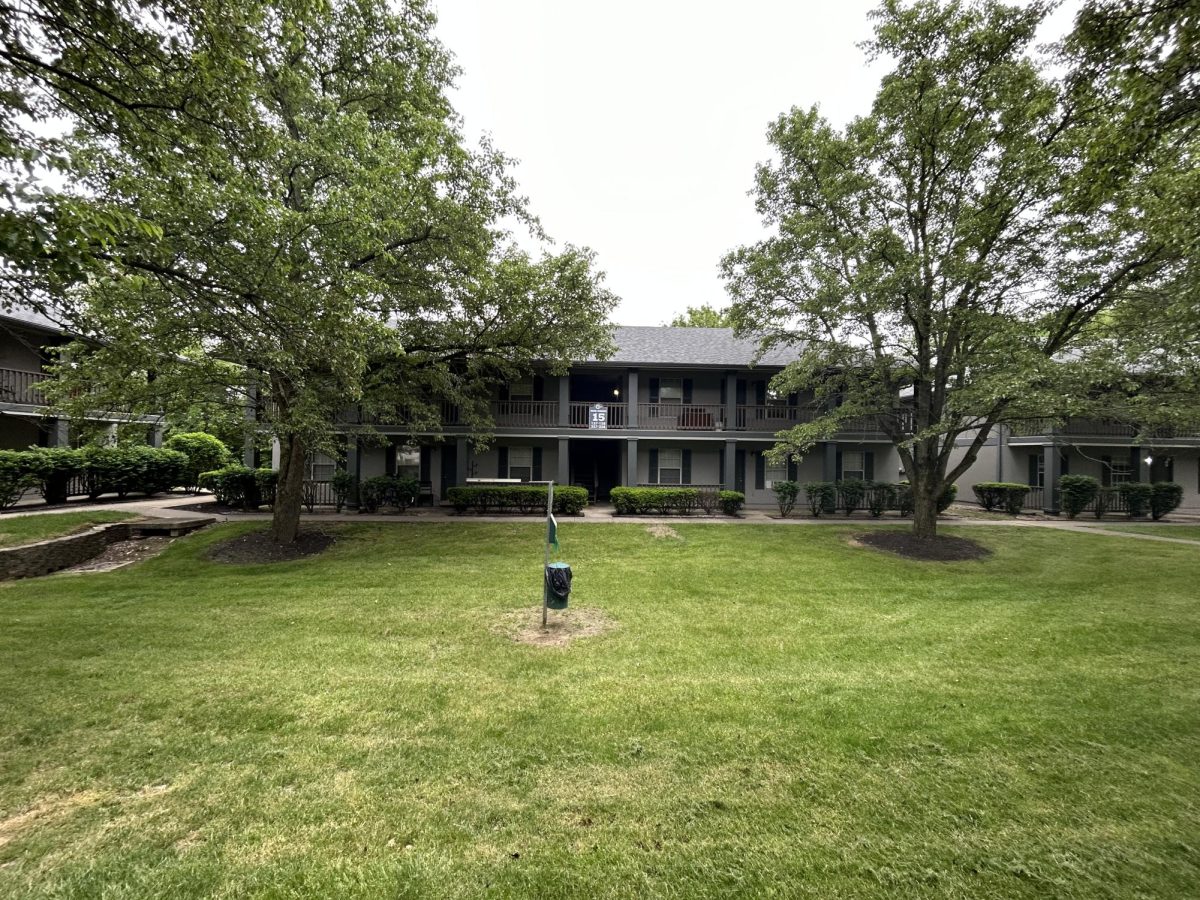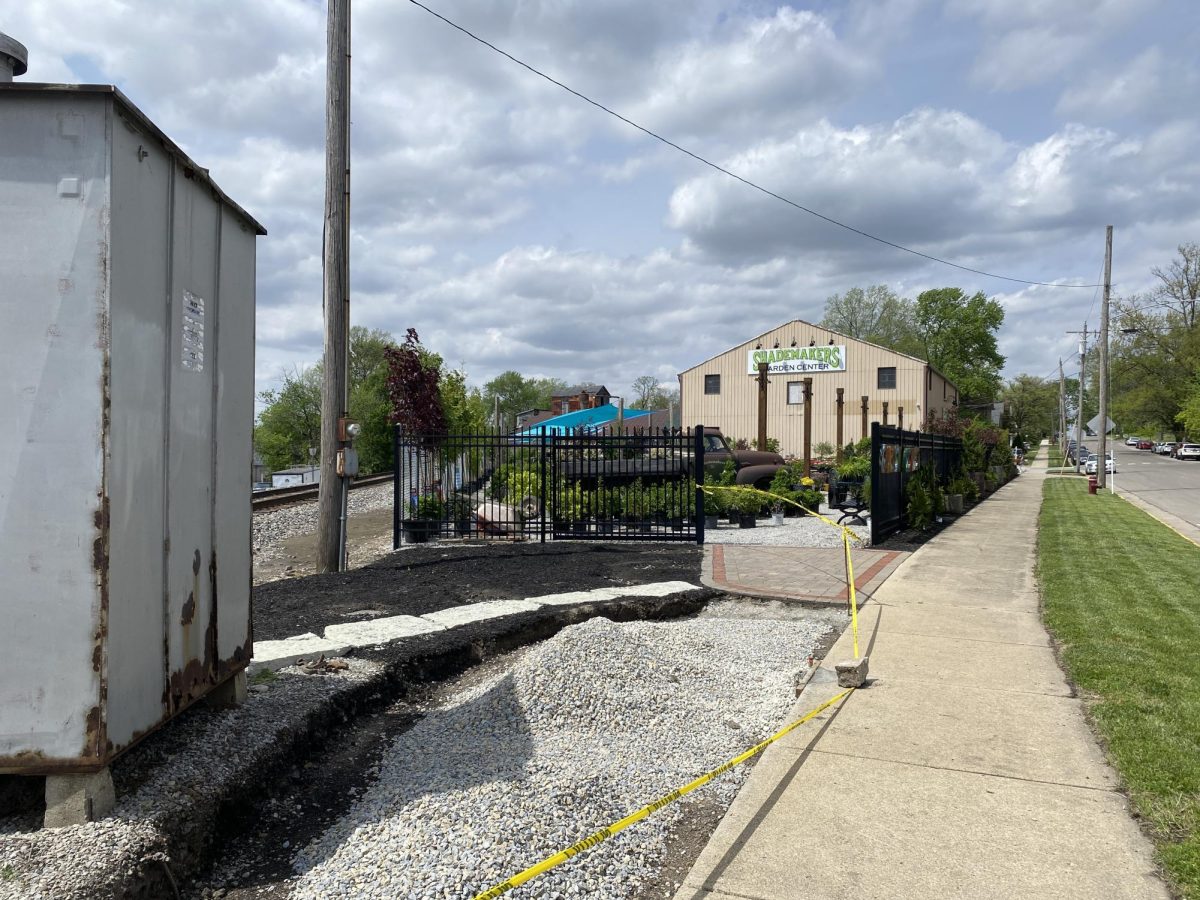With the fifth phase additions to the Oxford Area Trails, cyclists will be able to ride south around Oxford from the Black Covered Bridge to Talawanda Middle School uninterrupted.
Etta Reed, principal-in-charge of the engineering firm of Bayer Becker, said the developments would “make Oxford a regional destination.”
“We’ve all heard of the Loveland bike trail,” Reed said. “This is the Oxford bike trail. The trail is going to put Oxford on the map for more than Miami University. It’s going to be a destination. A place to come, where you can spend the day, take a walk, then come into town, shop, and have a bite to eat.”
When plans for the newest section of the trail, stretching between Talawanda Middle School and High School and going up to West Chestnut Street, were presented at the Nov. 21 city council meeting, council also heard objections to different aspects of the plans from Oxford residents who live near the proposed additions, which are estimated to be completed by 2025.
Because the plans for expansion will be adjacent to multiple more than two dozen Oxford residents’ yards, Reed said there are plans to ensure 10 to 30 feet of space between the “meandering” path and residents’ houses and to plant trees and bushes to maintain their privacy.
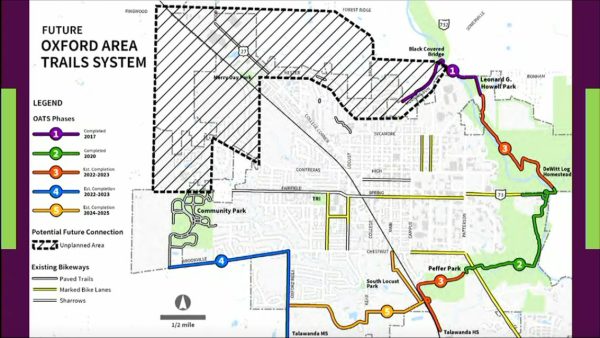
Cathy Lodder, at 15 Gardenia Drive, said she would rather the path be in a straight line when passing near residents’ backyards to create more buffer between users of the path and backyards, as opposed to the “meandering” design that was described in the presentation.
She also said she was concerned that the plan to raise the trail by three feet would exacerbate existing drainage issues. Lodder requested that the foliage be planted before other construction to allow it time to grow and maintain the residents’ privacy.
Oxford resident Debbie Vogt, at 11 Gardenia Drive, said she had similar concerns about drainage.
“Half the time I can’t even mow the back part [of my yard] because it’s so wet,” she said.
She also had concerns over privacy, vandalism, and general safety along the new path.
The city is working with Bayer Becker, KZF Design, Stantec and O.R. Colan to develop the latest phase of the trail system. When completed, the trail will cost an estimated $15 million, paid for through a local levy, government grants and private donations. The trail currently measures 7.7 miles total.
Another potential benefit of the project is “connect[ing] the community to destinations, resources, and each other,” Reed said.
“With busing not going on right now for the high school and the middle school students due to budgetary reasons, students can walk to the middle or high school” along the paths, she said.
Currently, there are no plans to complete the loop around Oxford, although the remainder of Oxford’s perimeter is marked as a “potential future connection” on the map.
In other news, council
- approved a labor contract with Oxford Firefighters. The union secured 4.5% wage increases in 2024 and 2025, a 3% increase in 2026 and an immediate $4,500 adjustment. This increase is less than the 5%, 4.5% and 4.5% yearly increase that the Oxford Police Department received this year.
- passed a resolution to donate $5,000 of American Rescue Plan Act (ARPA) funds to Thread Up Oxford, a nonprofit organization. The council recognized that Thread Up “routinely donates clothing to low-income families through partnerships with the local school district and other social service organizations,” falling under the ARPA category of “providing basic needs.”
- approved plans to apply for $130,000 through the Butler County Community Development Block Grant program for the development and construction of a public restroom near 2 E. High St.
At the council’s Nov. 27 organizational meeting, newly elected council member Michael Smith was sworn in, along with re-elected members William Snavely and Jason Bracken.
After an executive session discussing the Ohio Revised code, Snavely was nominated and re-elected as mayor by the council, and Chantel Raghu was nominated and re-elected as vice mayor.
The Nov. 21 meeting was also Glenn Ellerbe’s final meeting as a member of the council. Ellerbe was first elected to the council in 2015 and did not run for re-election in 2023.
“I got onto council because I just wanted to know more about how the city worked, so I did what every patriot would do and got involved,” Ellerbe said. “The first couple years that I did this, I adopted a tactic that a lot of people in the wilderness use: You get into the environment, and you just listen. You see how the environment behaves.”
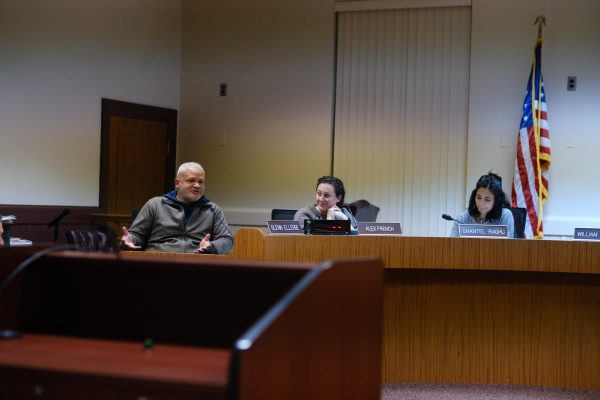
“I did that for a good part of a year, except for the second council meeting when there was an issue with a drum competition and I had to use the inverse square wave theorem to disprove somebody’s complaint,” Ellerbe said.
Multiple council members said they were thankful for Ellerbe’s “Glenn-isms” and other observations while on the council.
“Glenn doesn’t always have something to say, but when he does have something to say, it’s because he’s thought about it, and it’s from the heart,” Mayor Snavely said. “There have been a number of issues over the years that I came in not knowing how I was going to vote, I was going to hear the conversation, and
Glenn oftentimes convinced me.”


